For which carboxylic acid, the pka value is the lowest:
1.
2.
3.
4.
Dipole moment of p-nitroaniline when compared to nitrobenzene (X) and aniline (Y) will be:
1. greater than (X) and (Y)
2. smaller than (X) and (Y)
3. greater than (X) and smaller than (Y)
4. equal to zero
Consider the following carbanions:
(I) 
(II) 
(III) 
(IV) 
Correct decreasing order of stability is:
1. II> III > IV > I
2. III > IV > I > II
3. IV > I > II > III
4. I > II > III > IV
The major contributor to the resonance hybrid among the following resonance structures is-
\(\underset{\left(\right. \mathbf{I} \left.\right)}{\left(CH\right)_{3} - \left(CH\right)_{2} - C \overset{\oplus}{H} - O_{\cdot \cdot}^{\cdot \cdot} \left(CH\right)_{3} \underset{}{\leftrightarrow}}\)
\(\underset{\left(\right. \mathbf{II} \left.\right)}{ \left(CH\right)_{3} - \left(CH\right)_{2} - CH = O_{\cdot \cdot}^{\oplus} \left(CH\right)_{3}}\)
1. I
2. II
3. Both have equal contribution
4. They are not resonance structures
Which of the following halides undergoes solvolysis most easily?
1.
2.
3.
4.
Which of the following is the strongest base?
1. 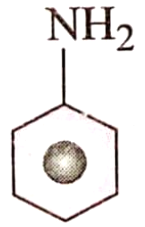
2. 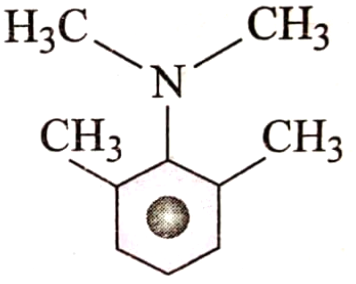
3. 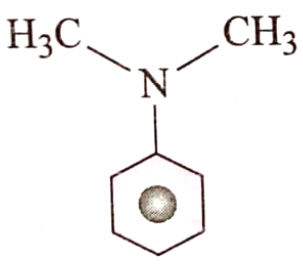
4. 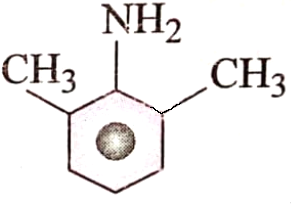
In which of the following molecules all the effects namely inductive, mesomeric and hyperconjugation operate?
| 1. |  |
2. |  |
| 3. |  |
4. |  |
Which carbocation is the most stable?
| 1. |  |
2. |  |
| 3. |  |
4. |  |
Which one of the carbanions is most stable?
1. 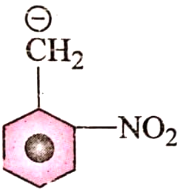
2. 
3. 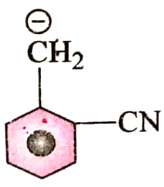
4. 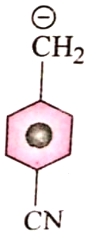
Which of the following species acts as an ambident nucleophile?
1.
2.
3. \(\mathrm{C N^{-}}\)
4.
Which of the following reaction intermediates are electrophilic in character?
(a) Carbocation
(b) Carbanion
(c) Free radicals
(d) Carbenes
1. Only (b)
2. (a) and (c)
3. (a), (c) and (d)
4. (a), (b), (c) and (d)
Which amine is the most basic?
1. 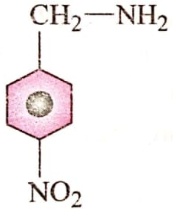
2. 
3. 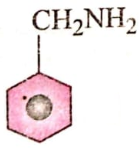
4. 
Consider the following alkenes:
| (I) |  |
| (II) |  |
| (III) | \(\mathrm{CH}_3-\mathrm{CH}_2-\mathrm{CH}=\mathrm{CH}_2\) |
The correct sequence of these alkenes in increasing order of their stability is:
1. III > II > I
2. I > II > III
3. II > I > III
4. II > III > I
Which of the following is/are aromatic in character?

Select the correct answer using the codes given below:
Codes:
1. II only
2. I and II
3. III and IV
4. I, II, III and IV
Which one of the following carbocations is most stable?
1. 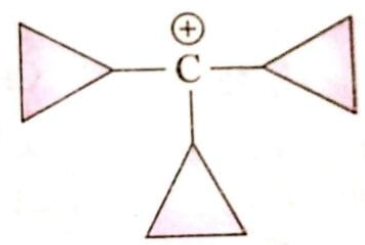
2.
3. 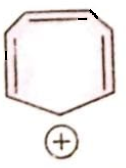
4.
Which one of the following has the maximum dipole moment?
| 1. | 2. | ||
| 3. | 4. |
|
Which one of the following statements is not correct?
1. Formic acid is stronger than acetic acid
2. -chloropropanoic acid is stronger than -chloropropanoic acid
3. Alkoxides are stringer bases
4. Methylamine is less basic than ammonia
Which one of the following ions is aromatic?
1. 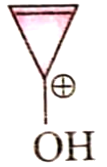
2. 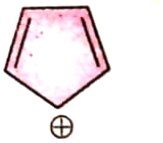
3. 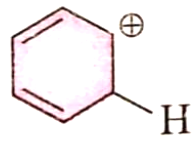
4. 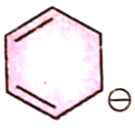
Which one of the following compounds is most basic in aqueous medium?
1.
2. 
3. 
4. 
Which one of the following is not aromatic?
| 1. |  |
2. |  |
| 3. |  |
4. |  |